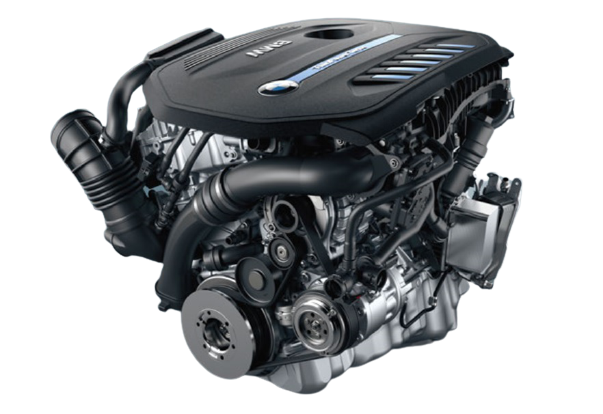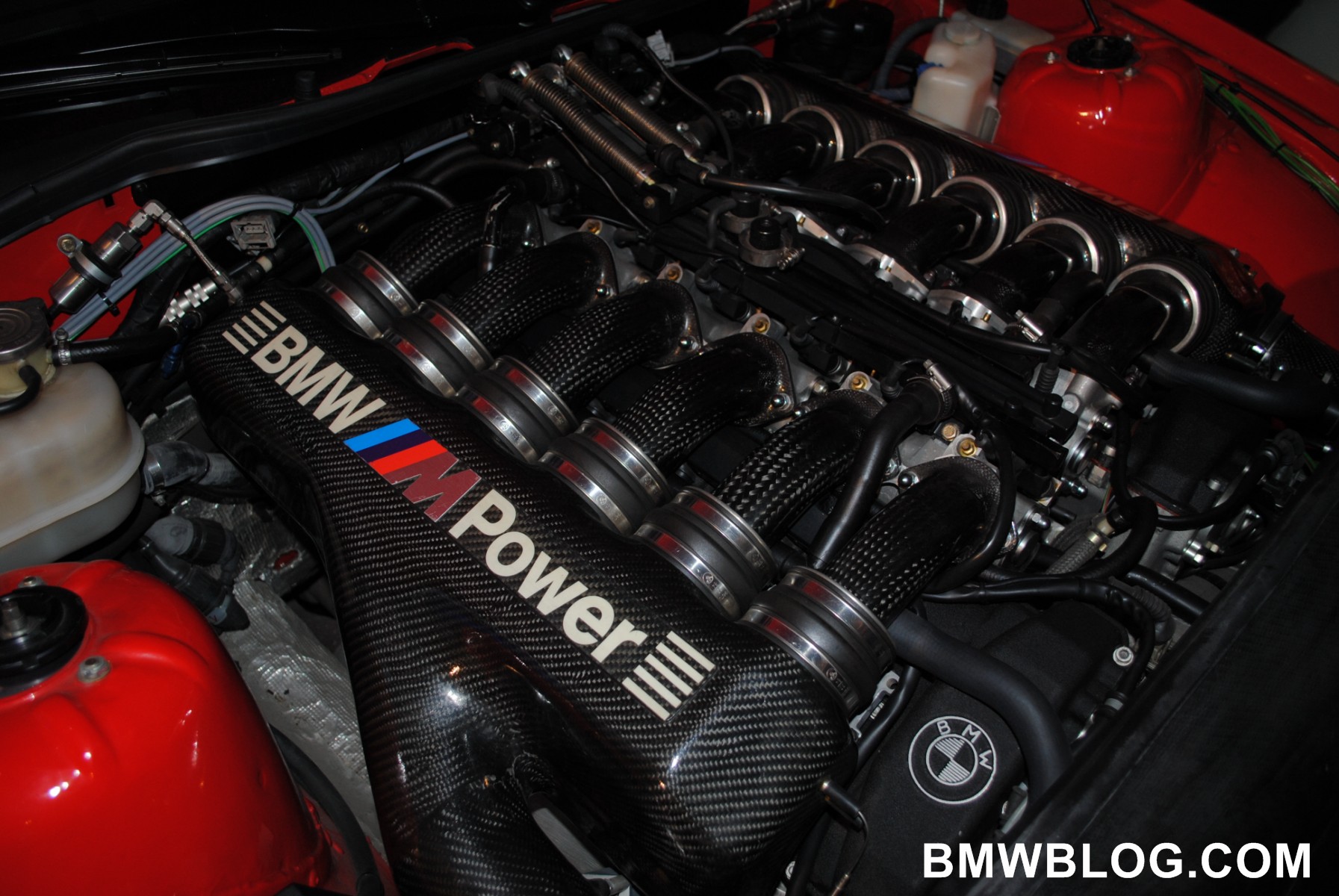A Comprehensive Overview to Comprehending BMW Engine Specs
A Comprehensive Overview to Comprehending BMW Engine Specs
Blog Article
Exploring the Evolution of Combustion Engines in Modern Transportation Systems
As we browse the landscape of modern-day transportation, the development of combustion engines stands as a testimony to human ingenuity and design expertise. From their modest beginnings to the sophisticated giants thrusting vehicles today, combustion engines have gone through an exceptional trip of technology and adjustment. Understanding the complexities of this advancement not only clarifies the past yet also leads the way for visualizing what lies ahead in the world of transport modern technology. The interaction of background, innovation, and environmental problems fit the trajectory of burning engines creates a narrative that is both informative and engaging.
Early Beginnings of Combustion Engines
Just how did the idea of burning engines first emerge in the very early phases of transport growth? The roots of burning engines can be mapped back to the 17th century when the principles of internal burning were first discovered.
The advancement moment included the development of the first successful gasoline-powered engine by Karl Benz in 1885 - bmw engine. This engine led the way for the growth of the contemporary auto, transforming transport systems worldwide. Succeeding advancements by Nikolaus Otto and Gottlieb Daimler additionally refined combustion engine innovation, resulting in the mass production of autos and the rapid development of the transportation sector
These very early burning engines were characterized by their simplicity and effectiveness, laying the structure for the complex and powerful engines made use of in contemporary transport systems. The evolution of combustion engines has contributed in shaping the method we take a trip and move goods, marking a substantial turning point in the history of transportation growth.
Shift to Internal Burning Innovation
The change to inner burning modern technology marked a crucial change in the advancement of transportation systems. This change began in the late 19th century, with innovators like Nikolaus Otto and Gottlieb Daimler developing the first effective internal burning engines. These engines revolutionized transportation by providing a much more powerful and reliable alternative to vapor engines and electric motors.
One of the vital benefits of internal burning engines was their capability to be reduced to match cars, resulting in the development of bikes and automobiles. This change from bulky, fixed engines to compact, mobile ones led the way for the modern transportation systems we see today.
The change to inner burning modern technology additionally stimulated improvements in fuel modern technology, resulting in the development of gasoline and diesel as primary fuel sources for lorries. This change not just made transport a lot more obtainable to the masses but additionally laid the structure for the oil and gas market to end up being essential to global economies.
Effect of Combustion Engines on Transportation
The fostering of burning engines in transport systems catalyzed a profound shift in the effectiveness and rate of worldwide wheelchair. Combustion engines revolutionized transportation by offering a trusted and flexible resource of power for numerous automobiles, including autos, ships, vehicles, and planes. This development substantially boosted the capability for products and individuals to move over cross countries in shorter time frames, leading to raised connectivity in between areas and nations.
Moreover, the widespread usage of combustion engines has actually had a significant effect on economic growth. The capability to transfer goods efficiently has actually stimulated trade and commerce, enabling businesses to broaden their markets and get to consumers worldwide. This has helped with financial growth and globalization, as products can currently be transferred quicker and in larger quantities than ever in the past.
Nonetheless, the environmental influence of combustion engines can not be forgotten. The combustion of nonrenewable fuel sources has led to air contamination and greenhouse gas exhausts, adding to environment adjustment and positioning health and wellness threats to populations. bmw engine. As a result, there is an expanding focus on creating alternative propulsion modern technologies Source to reduce these negative effects and produce a more sustainable future for transport
Innovations in Combustion Engine Layout
Countless innovations in burning engine style have pushed the advancement of transportation systems over the decades. One notable development is the growth of turbocharged engines, which make use of exhaust gases to drive a wind turbine that presses inbound air, enabling more fuel to be scorched, leading to increased power outcome without a substantial boost in engine size. In addition, direct injection innovation has improved fuel efficiency and efficiency by exactly regulating the quantity and timing of gas injected into the burning chamber. Variable valve timing systems have actually additionally changed engine style by optimizing airflow at various engine speeds, improving both power and effectiveness. An additional significant development is the integration of light-weight materials such as carbon fiber and aluminum alloys, lowering overall engine weight and enhancing automobile fuel economic situation. Advancements in computer-aided design have actually made it possible for designers to maximize engine efficiency and effectiveness with simulations before physical models are developed, conserving time and sources in the advancement procedure. These advancements jointly add to the continuous enhancement of combustion engines in modern transportation systems.
Future Patterns in Combustion Engine Development
With technology developments driving constant technology, the future of burning engine growth is positioned to change transportation systems internationally. One of the essential fads in combustion engine growth is the push in the direction of better performance and minimized emissions. Producers are investing greatly in r & d to enhance engine efficiency while meeting stringent ecological laws. This consists of the combination of sophisticated gas shot systems, improved turbocharging methods, and using light-weight products to enhance fuel consumption and minimize carbon discharges.
One more prominent trend is the adoption of hybrid technologies in burning engines. Crossbreed engines integrate traditional burning technology with electrical power, supplying improved gas effectiveness and reduced emissions. As the automobile sector shifts in the direction of electrification, hybrid burning engines are viewed as a transitional service that connects the void between standard vehicles and totally electrical ones.
Moreover, the assimilation of clever innovations, such as expert system and information analytics, is anticipated to play a significant role in the future of combustion engine advancement. These technologies can optimize engine performance in real-time, causing more reliable burning procedures and enhanced general vehicle efficiency. Accepting these future fads will certainly not only drive innovation in burning engine growth yet also add to a more ecologically pleasant and lasting transport ecological community.

Final Thought
In verdict, the advancement of combustion engines in contemporary transport systems has actually been i was reading this noted by considerable advancements in company website innovation and layout. From the very early starts of burning engines to the change to interior combustion modern technology, these engines have had a profound influence on transportation.
The origins of burning engines can be traced back to the 17th century when the principles of inner burning were initial checked out. These engines transformed transport by offering a much more efficient and powerful choice to heavy steam engines and electrical motors.

Report this page